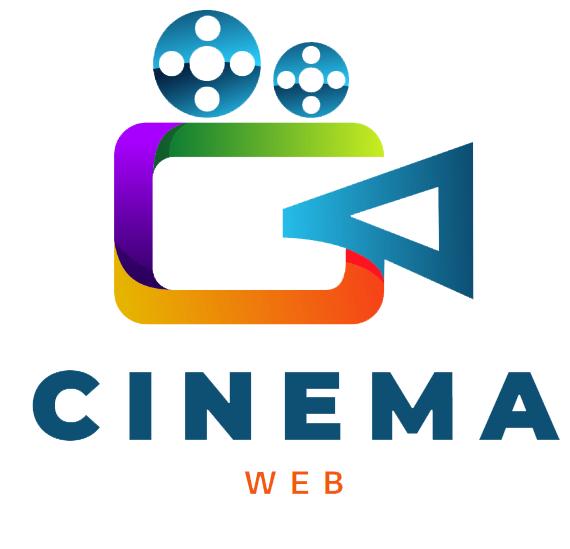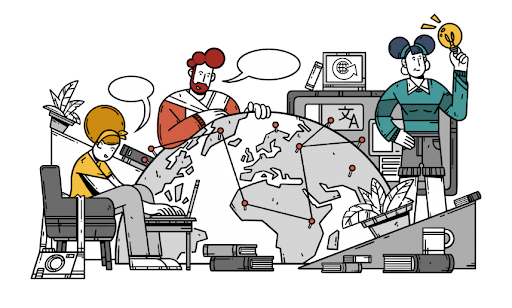In an era defined by globalization and digital interconnectedness, the translation industry is undergoing a profound transformation. From the integration of artificial intelligence to the emergence of augmented reality translation tools, innovative technologies are reshaping the way we approach language barriers. As we navigate this ever-evolving landscape, translations agency play a pivotal role in leveraging these trends to deliver high-quality and culturally sensitive translations to their clients. These agencies serve as the bridge between languages and cultures, utilizing cutting-edge tools and expert linguists to ensure accurate communication across borders. Whether it’s legal documents, marketing materials, or technical manuals, translation agencies are at the forefront of facilitating effective cross-linguistic communication in an increasingly interconnected world.
AI Integration: Redefining Translation Processes
Artificial intelligence (AI) has emerged as a game-changer in the translation industry, offering new possibilities for streamlining processes and improving efficiency. Translation agencies are increasingly integrating AI-powered tools into their workflows to automate repetitive tasks, such as text analysis and terminology management. By harnessing the power of machine learning algorithms, these tools can quickly process large volumes of text and identify patterns, leading to faster and more accurate translations.
Neural Machine Translation: Advancements and Limitations
Neural machine translation (NMT) represents a significant advancement in the field of translation technology, enabling more contextually accurate translations compared to traditional rule-based or statistical methods. Translation agencies are adopting NMT systems to enhance the quality and fluency of their translations, particularly for languages with complex syntax and semantics. However, while NMT has shown remarkable progress, it still faces challenges in accurately capturing cultural nuances and idiomatic expressions, highlighting the continued need for human involvement in the translation process.
Augmented Reality Translation: Breaking Language Barriers in Real Time
Augmented reality (AR) translation applications are revolutionizing the way we interact with foreign languages in real-world settings. These innovative tools utilize AR technology to overlay translated text onto real-world objects, signs, and menus, enabling users to instantly understand and interact with their surroundings in a foreign language. Translation agencies are exploring the potential of AR translation solutions to provide immersive and contextually relevant translations for travelers, businesses, and individuals seeking instant language support.
Multimodal Translation: Expanding Beyond Text
As communication becomes increasingly multimodal, translation agencies are adapting to meet the growing demand for translation services across various media formats. From videos and images to audio recordings and interactive content, the need for accurate and culturally sensitive translations extends beyond traditional text-based materials. Translation agencies are leveraging multimodal translation tools and expertise to provide comprehensive language solutions that cater to diverse content types and formats, ensuring consistent messaging and brand voice across channels.
Quality Assurance in Machine Translation: Addressing Accuracy and Reliability
While machine translation offers significant benefits in terms of speed and scalability, ensuring translation accuracy and reliability remains a critical concern for translation agencies. Quality assurance (QA) processes are essential for identifying and correcting errors in machine-translated content, mitigating the risk of mistranslations and misunderstandings. Translation agencies employ rigorous QA protocols, including human review and post-editing services, to uphold the highest standards of translation quality and consistency.
Crowdsourcing Translation: Leveraging the Power of the Global Community
Crowdsourcing translation platforms enable translation agencies to tap into the collective wisdom and linguistic diversity of a global network of translators. By crowdsourcing translation projects to a distributed workforce, agencies can accelerate turnaround times, scale their operations, and access specialized expertise in niche languages and domains. Translation agencies play a crucial role in curating and managing crowdsourced translations, ensuring consistency, accuracy, and confidentiality throughout the process.
Blockchain in Translation: Ensuring Security and Transparency
Blockchain technology is revolutionizing the way translation agencies manage and secure translation data, offering enhanced security, transparency, and traceability throughout the translation supply chain. By leveraging blockchain-based solutions, translation agencies can securely store and authenticate translation assets, track revisions and updates, and ensure the integrity of translated content. Blockchain technology also facilitates smart contracts and microtransactions, enabling transparent and efficient payment mechanisms for translators and clients.
Sustainable Practices in Translation: Environmental and Social Responsibility
As environmental and social concerns continue to shape consumer preferences and corporate priorities, translation agencies are increasingly adopting sustainable practices to minimize their environmental footprint and promote social responsibility. From paperless workflows and remote collaboration tools to eco-friendly packaging and fair labor practices, translation agencies are embracing sustainability initiatives that align with their values and contribute to a more environmentally conscious and socially equitable future.
In conclusion, the future of translation is characterized by a convergence of innovative technologies, emerging trends, and evolving client expectations. Translation agencies play a central role in driving this transformation, leveraging cutting-edge tools and expertise to deliver high-quality, culturally sensitive translations that bridge language barriers and foster global communication and understanding.



